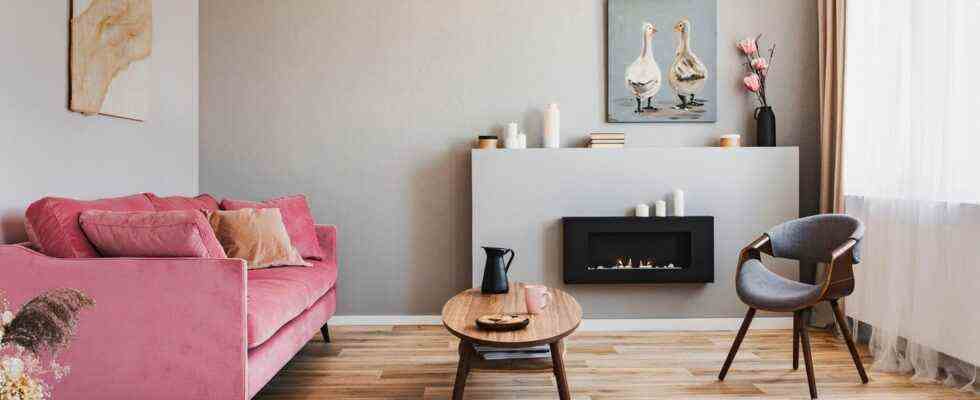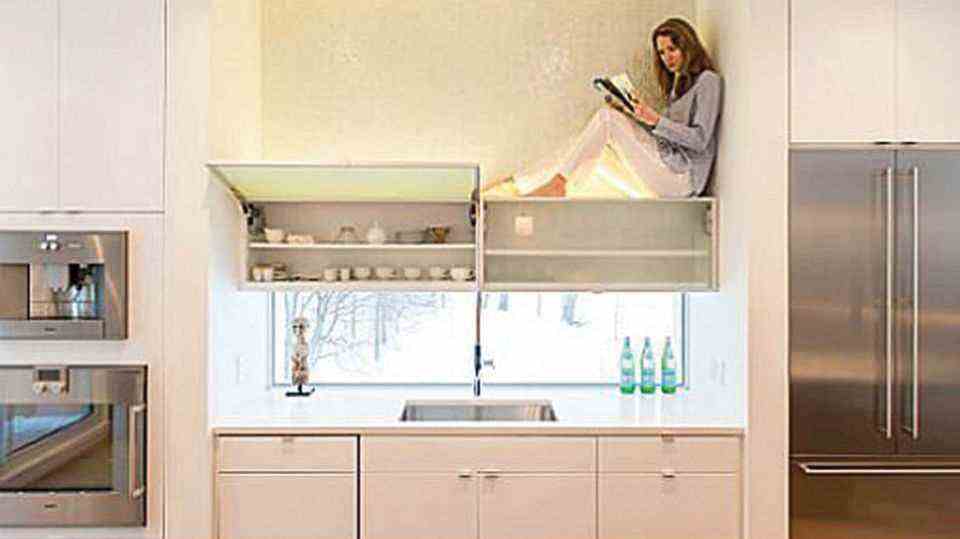Living area evaluation
City dwellers and country dwellers live in so much space
In the city, there is less living space per capita
© KatarzynaBialasiewicz / Getty Images
An analysis shows that the available living space per capita is increasing. However, there are large regional differences, especially between urban and rural areas.
On average, people in Germany live in more and more space. In rural areas in particular, the per capita area has grown significantly since 2015, according to a new study by the real estate service provider Empirica Regio. Living there is relatively cheap and emigration drives up the area per capita. But even in many expensive cities, people live in more space than years ago – despite sharply rising real estate prices.
According to the analysis, living space per capita increased the most in rural regions between 2015 and 2020, at 3.7 percent. Growth was lowest in large cities at 1.5 percent. For the study published on Wednesday, Empirica Regio examined all German municipalities with more than 400 inhabitants – almost 9,000 municipalities and 107 urban districts were analyzed.
41 square meters for each in the city, 51 in the country
According to this, the living space per capita was highest in the countryside in 2020 at 51.4 square meters. In cities, it was significantly lower at 40.9 square meters, with smaller cities and suburbs in between (47). Figures for 2021 are not yet available.
“Rural regions in particular still have enough building land and space to create new living space. Single-family houses with a large per capita use of space dominate there,” said Jan Grade, Managing Director of Empirica Regio. “In peripheral areas, however, increasing ageing, the departure of young people and the associated increase in vacancies are leading to an increase in living space per capita.”
The typical community with a very high living space of more than 65 square meters per capita usually has up to 1,200 inhabitants, is located in the country and suffers from emigration. Empirica Regio put the nationwide average for 2020 at just under 46 square meters per capita. The Federal Statistical Office came up with earlier information on 47.4 square meters.
Lots of space in the Eifel, little in Hesse
According to the study, people in Beuren in the Eifel (75.2) and Aventoft in Schleswig-Holstein (73.6) lived in a particularly large area. Sylt and Föhr were at the top because of the many holiday apartments on the islands. Kampen on Sylt was at the top with 264 square meters per inhabitant, followed by Nieblum (Föhr) and Wenningstedt-Braderup (Sylt) with 121 and 108 square meters respectively. In order to avoid special effects due to the high proportion of holiday homes, these and other communities were filtered out in the analysis.
In contrast, the people in Raunheim in Hesse and Bliesdorf in Brandenburg had particularly little living space at 34.3 square meters per capita. At the bottom of the list are also many medium-sized and large cities – such as Stuttgart (37.6), Frankfurt (37.4) and Offenbach (35). In Berlin and Cologne, the average living space per capita has stagnated at 38.9 square meters for years. “In general, people in tense housing market regions and in the large metropolises have to move together in less living space per capita,” the authors wrote.
Living in more and more space is a long-standing trend in Germany. With the exception of 2015, when an exceptionally large number of people immigrated during the refugee crisis, land use has risen steadily since 2005, according to Empirica Regio. On average, 0.2 square meters would be added per year. The high demand for living space repeatedly causes discussions, for example about the sealing of floors and the energy balance of buildings. There were debates as to whether single-family homes were still up-to-date.
More and more people live alone
In addition, fewer and fewer people live in an apartment, also because society is aging and the number of single households is increasing. According to a study by the German Economic Institute (IW), the proportion of single-person households has increased significantly since the early 1990s. According to the Federal Statistical Office, there were on average fewer than two people per apartment in 2020.
The high land consumption per capita also has an unfavorable effect on energy consumption and greenhouse gas emissions. Despite all efforts, direct CO2 emissions from existing buildings have stagnated at around 120 million tons a year since 2014, according to a study by DZ Bank last summer.
In 1995, the average living space per inhabitant was 36 square meters, so people had a good 20 percent less space than in 2020. According to DZ Bank, there is no trend reversal in sight. “The growing number of single-person households and the desire for spacious apartments, which has increased due to the pandemic – also with a view to working from home – should continue to drive the growth in space.”


